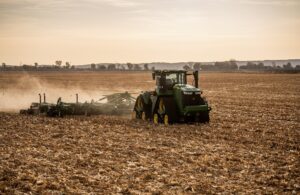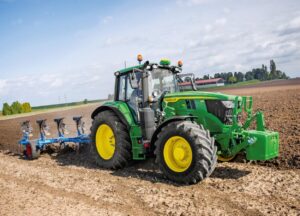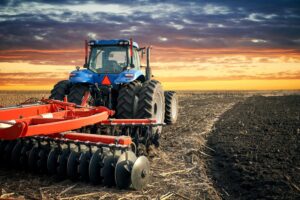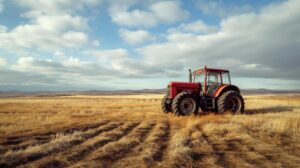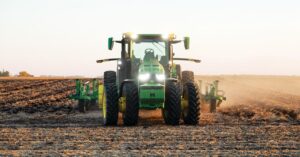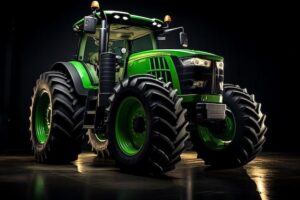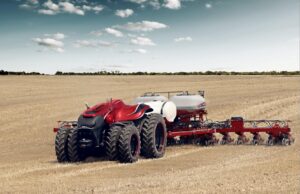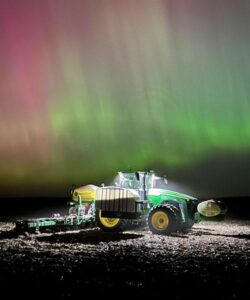California lawmakers are set to examine the state’s current restrictions on autonomous farming vehicles, marking a significant development in agricultural technology regulation. The review comes amid growing pressure from agricultural technology companies and farmers seeking to modernize their operations through self-driving tractors and other automated farm equipment. This potential policy shift could impact how the nation’s largest agricultural state approaches the integration of autonomous technology in farming operations. In a significant development for agricultural technology, state regulators are reassessing restrictions on driverless farming equipment across California’s vast agricultural landscape. The current regulations, which mandate human operators for autonomous farm vehicles, have sparked debate among industry stakeholders and tech innovators.
The California Department of Food and Agriculture, alongside the Department of Motor vehicles, will conduct complete safety evaluations and gather input from farmers, equipment manufacturers, and agricultural technology companies. This review process aims to determine whether existing limitations on autonomous farm machinery align with modern agricultural needs and technological capabilities.
Several major agricultural equipment manufacturers have already developed autonomous tractors, harvesters, and sprayers capable of operating without direct human supervision. These machines utilize advanced GPS systems, artificial intelligence, and refined sensors to navigate fields, plant crops, and harvest produce with remarkable precision.
Proponents of autonomous farm vehicles argue that the technology could help address persistent labor shortages in the agricultural sector while increasing operational efficiency. The machines can work around the clock, reduce human error, and potentially decrease the use of pesticides and water through more precise application methods.
Though, safety concerns remain at the forefront of the discussion. Critics worry about potential accidents, equipment malfunctions, and the impact on rural employment. Labor unions have expressed concerns about job displacement,while some environmental groups question the long-term effects of increased mechanization on soil health and biodiversity.
The review process will examine successful implementations of autonomous farming equipment in other states and countries. States like Iowa and Nebraska have already modified their regulations to accommodate autonomous agricultural vehicles under specific conditions, providing valuable case studies for california regulators.
Technical requirements under consideration include mandatory emergency shutdown systems, remote monitoring capabilities, and geofencing technology to prevent machines from operating outside designated areas.The review will also address cybersecurity measures to protect autonomous systems from potential hacking or unauthorized access.
Agricultural economists estimate that implementing autonomous farming technology could reduce operational costs by up to 30% while potentially increasing crop yields by 15% through more precise farming practices. These projections have captured the attention of both large-scale agricultural operations and smaller family farms looking to remain competitive.
The regulatory review is expected to take several months, during which public hearings will be held across major agricultural regions.stakeholders will have opportunities to provide testimony and submit technical documentation supporting their positions. The outcome could considerably influence the future of farming practices in America’s largest agricultural state and potentially serve as a model for other regions considering similar regulatory changes.

